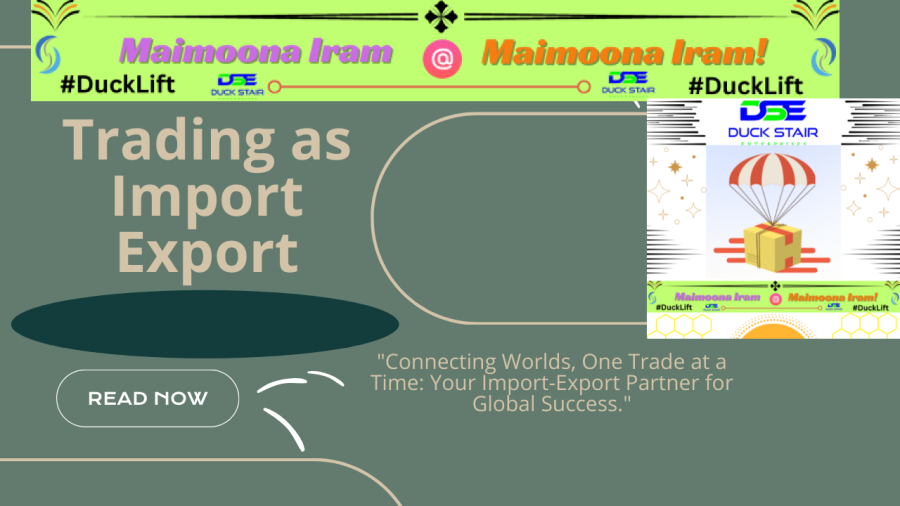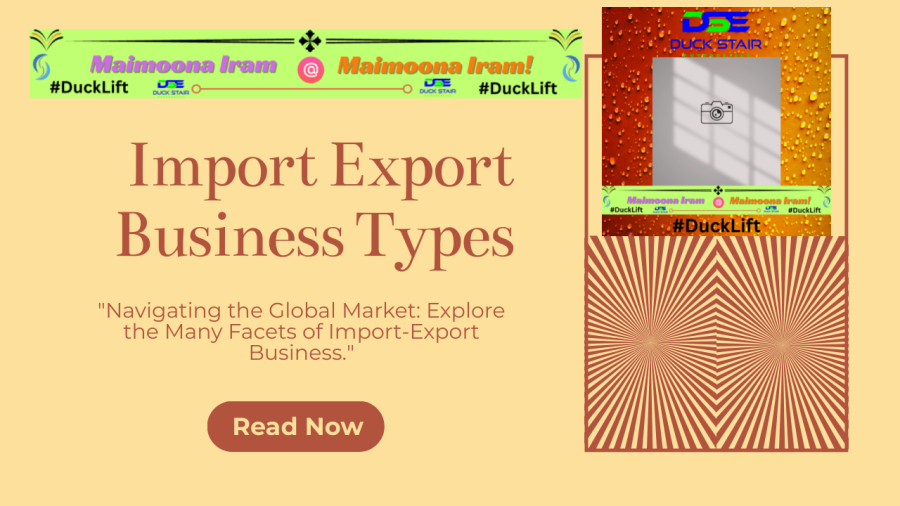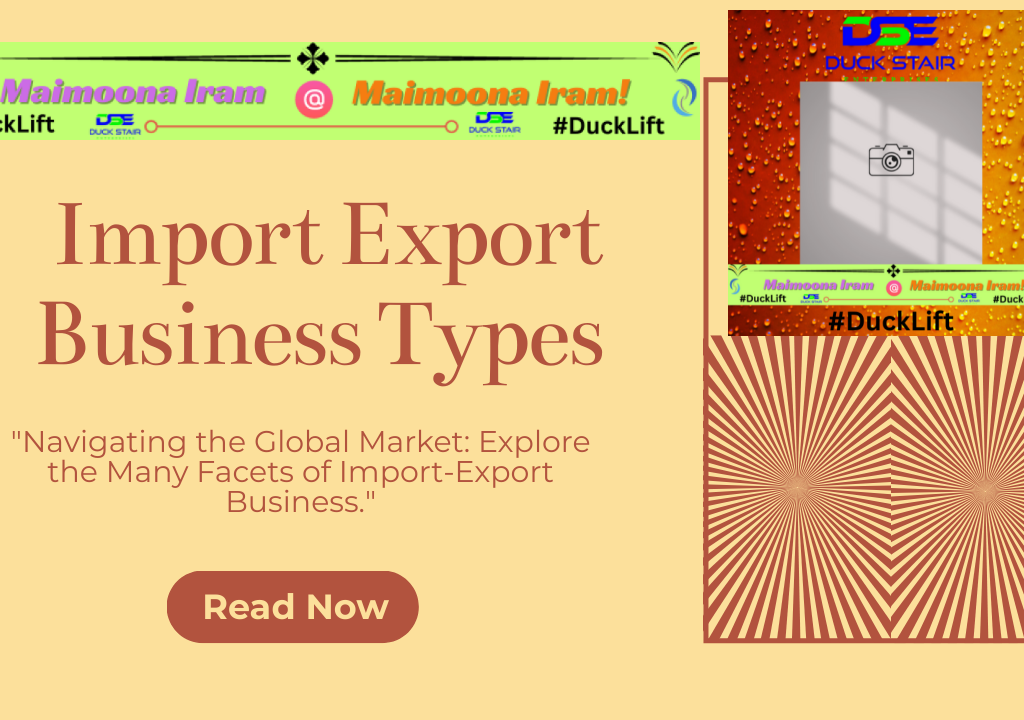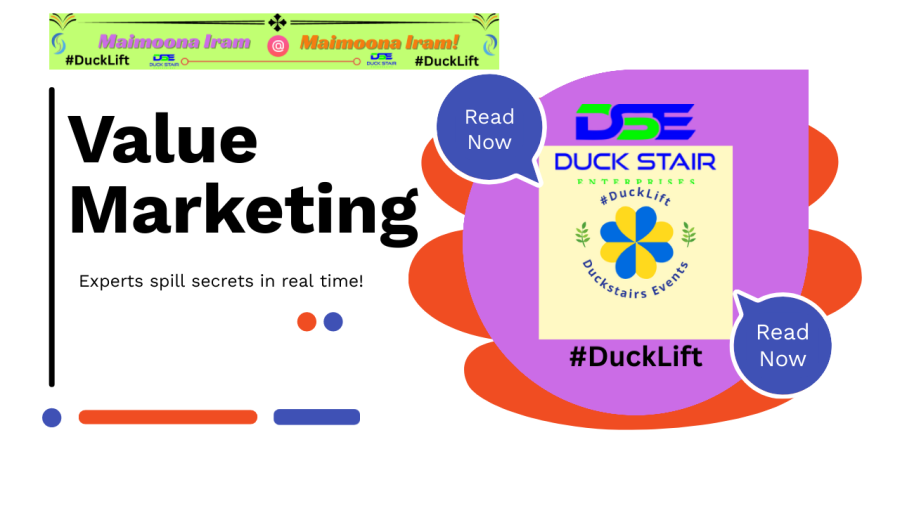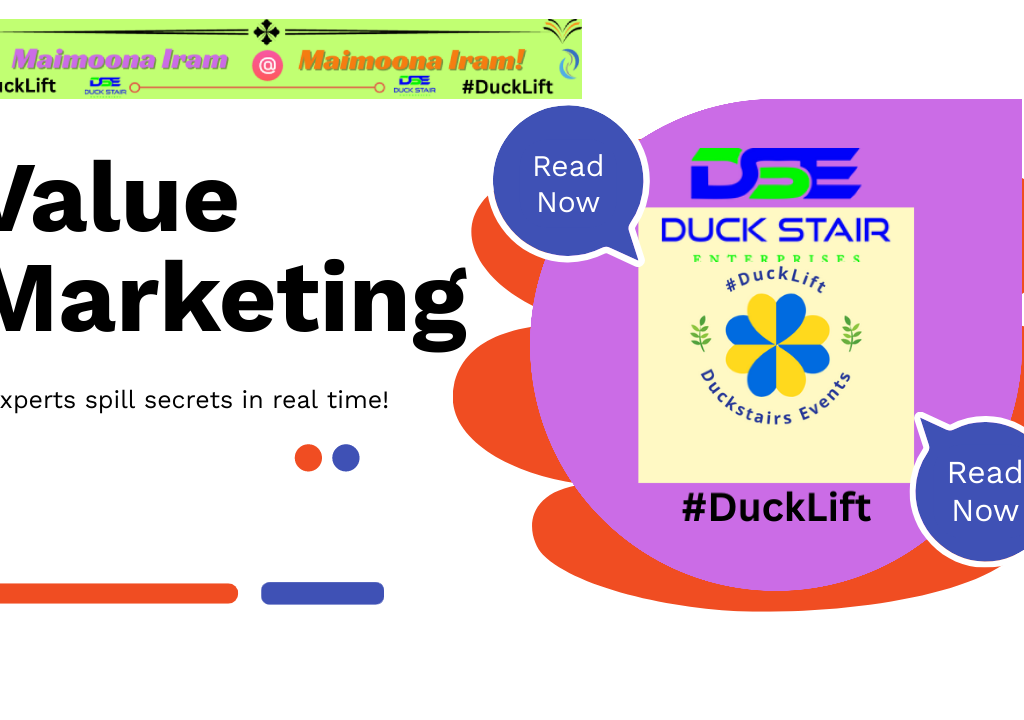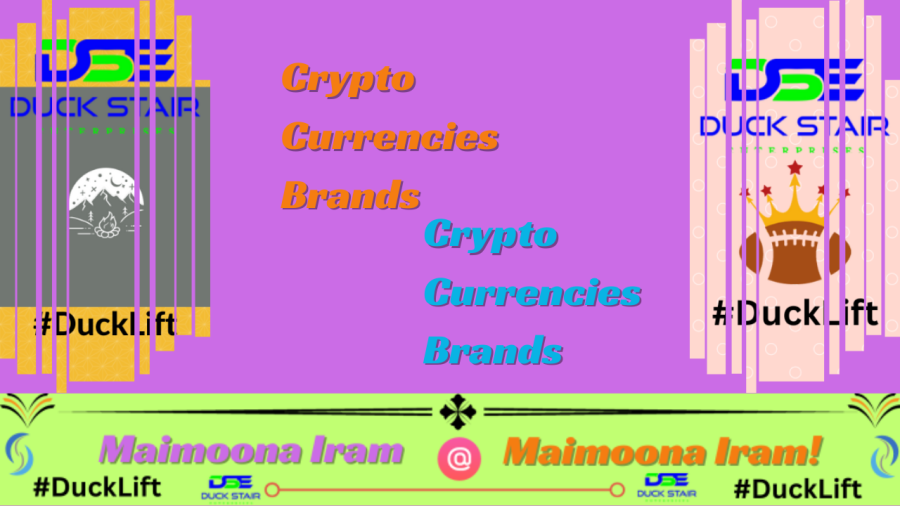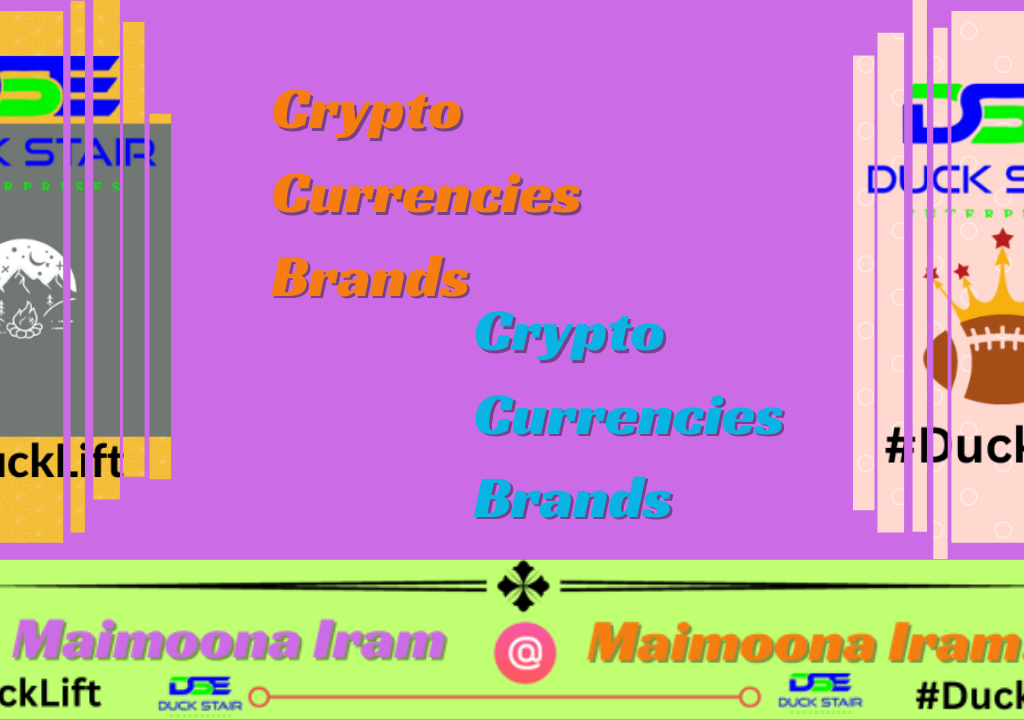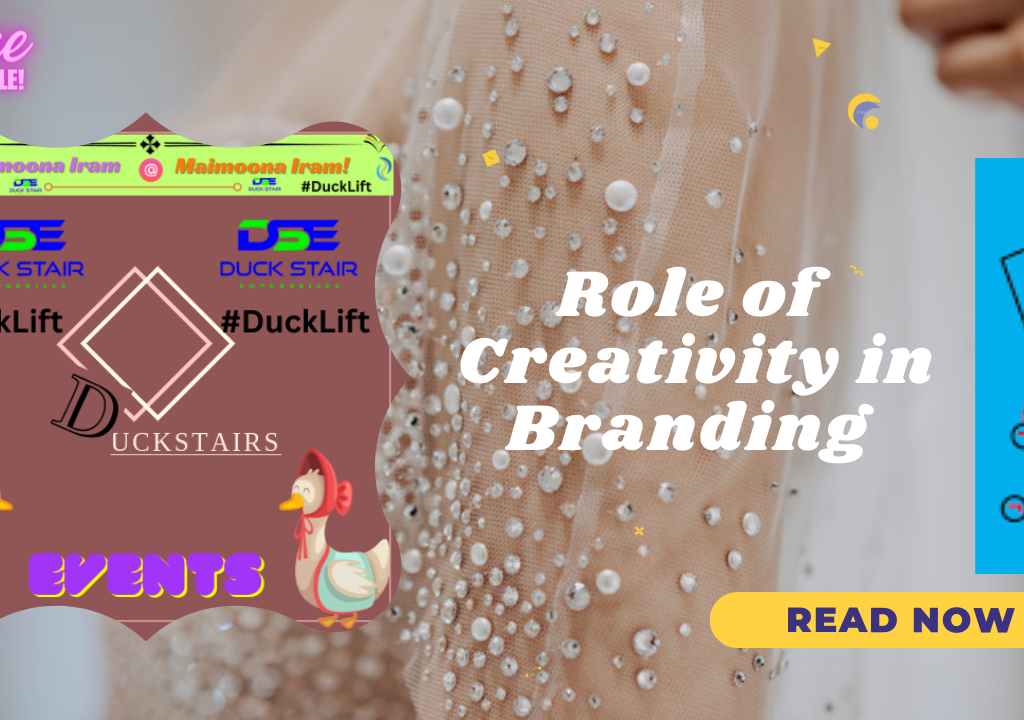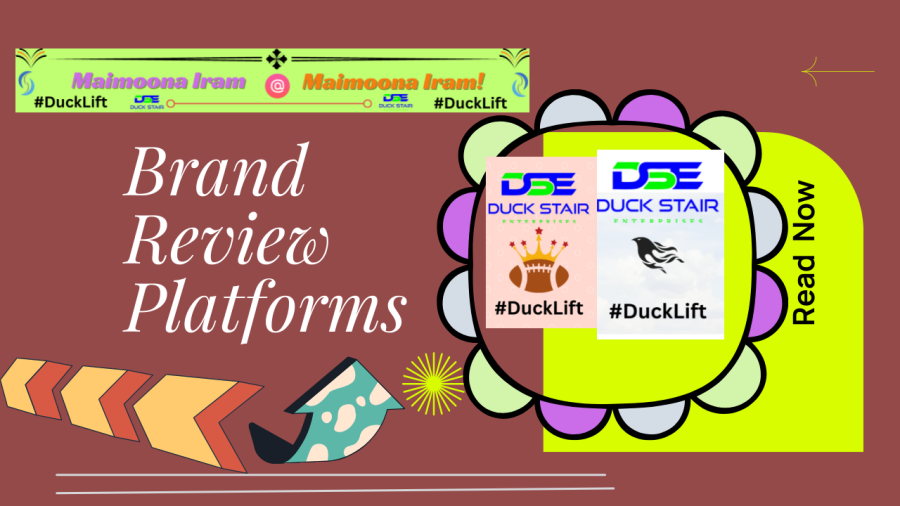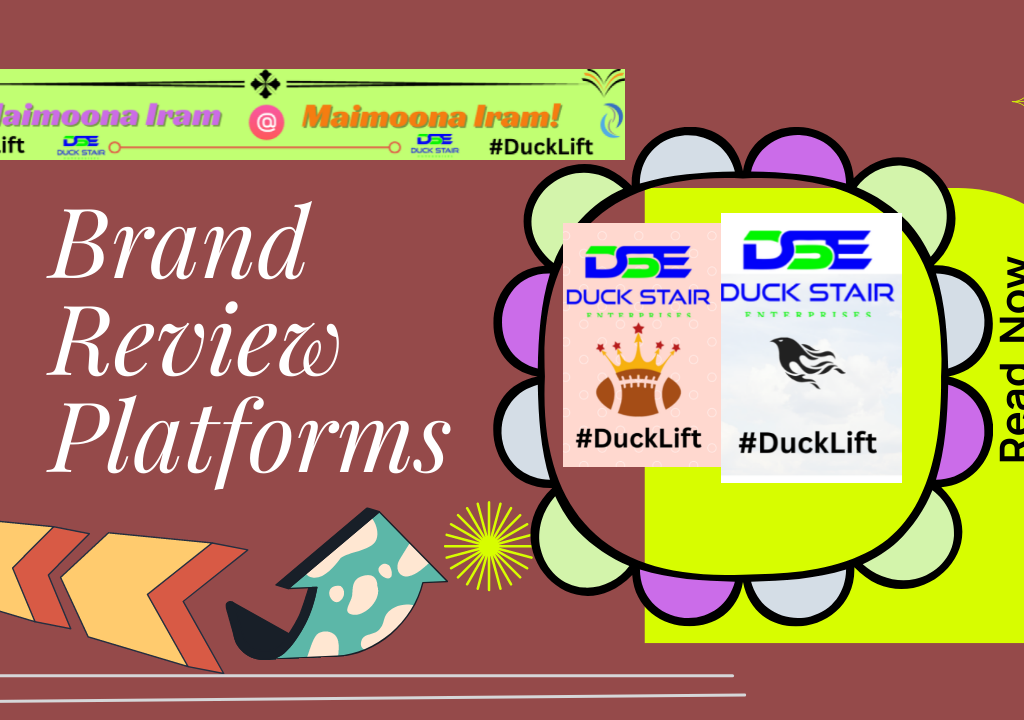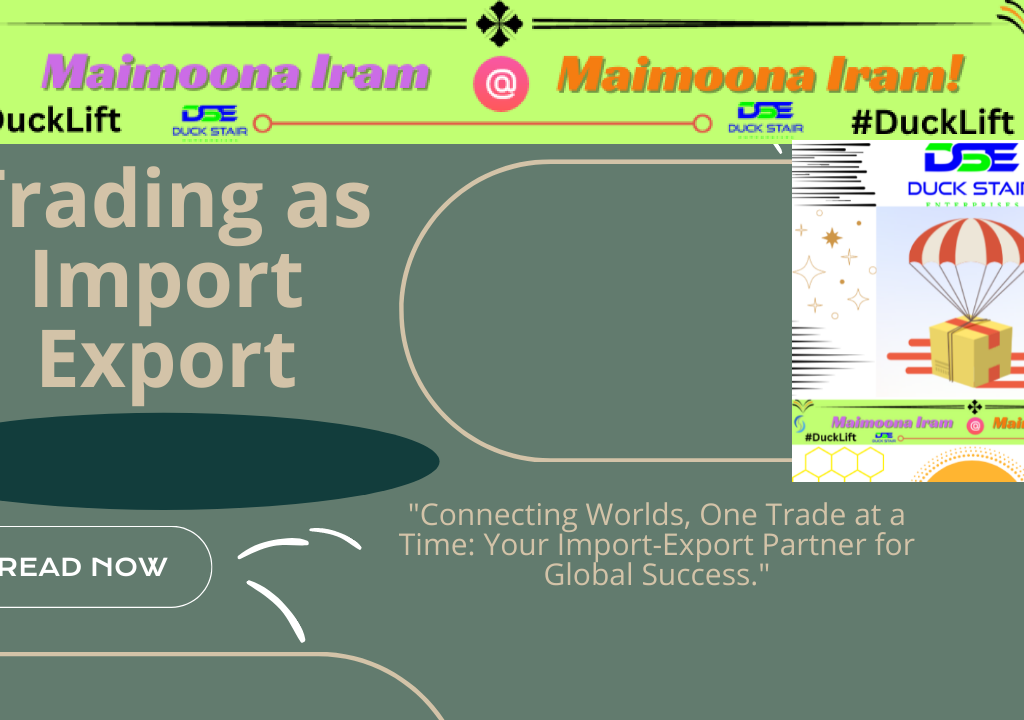
Trading as Import Export
“Connecting Worlds, One Trade at a Time: Your Import-Export Partner for Global Success.”
Exchanging as an import-trade business can be a worthwhile endeavour whenever executed well. Here is a concise outline of the means you should seriously mull over:
1- Market Research/Statistical surveying:
Distinguish expected markets for the items you need to import or commodity. Search for requests, contests, and any guidelines or duties that could influence your business.
2- Legal and Regulatory Compliance/Legitimate and Administrative Consistence:
Comprehend the lawful prerequisites for bringing in and sending out in your country as well as in the nations you intend to exchange with. This incorporates licences, grants, charges, and customs guidelines.
3- Supply Chain Management/Store network The board:
Lay out associations with providers and makers in the event that you’re bringing in, and with wholesalers and retailers assuming you’re sending out. Guarantee dependable operations for moving merchandise.
4- Financial Planning/ Monetary Preparation:
Decide your financial plan for buying products, delivery, showcasing, and different costs. Consider cash trade rates and potential dangers related with worldwide exchanges.
5- Marketing and Sales/Promotion and Deals:
Foster a showcasing system to arrive at expected clients or clients in your objective business sectors. This could incorporate web based promoting, going to career expos, or working with nearby specialists.
6- Quality Control/Quality Control:
Guaranteeing the nature of the items you’re bringing in or trading fulfils the guidelines and assumptions for your clients. This could include reviews, testing, and working intimately with providers.
7- Risk Management/Risk The executives:
Be ready for dangers like money vacillations, political precariousness, or changes in guidelines that could affect your business. Think about buying protection or supporting against these dangers.
8- Networking and Relationships/Systems administration and Connections:
Fabricate solid associations with providers, clients, and different partners in your industry. Systems administration can prompt new open doors and important organisations.
9- Adaptability and Flexibility/Versatility and Adaptability:
The import-trade business can be eccentric, so be ready to adjust to changes on the lookout or startling difficulties.
10- Continuous Improvement/Ceaseless Improvement:
Routinely assess your business cycles and search for ways of further developing proficiency, lessen expenses, and better address the issues of your clients.
Keep in mind, outcome in the import-send out business frequently requires persistence, tirelessness, and a readiness to gain from the two victories and disappointments.

